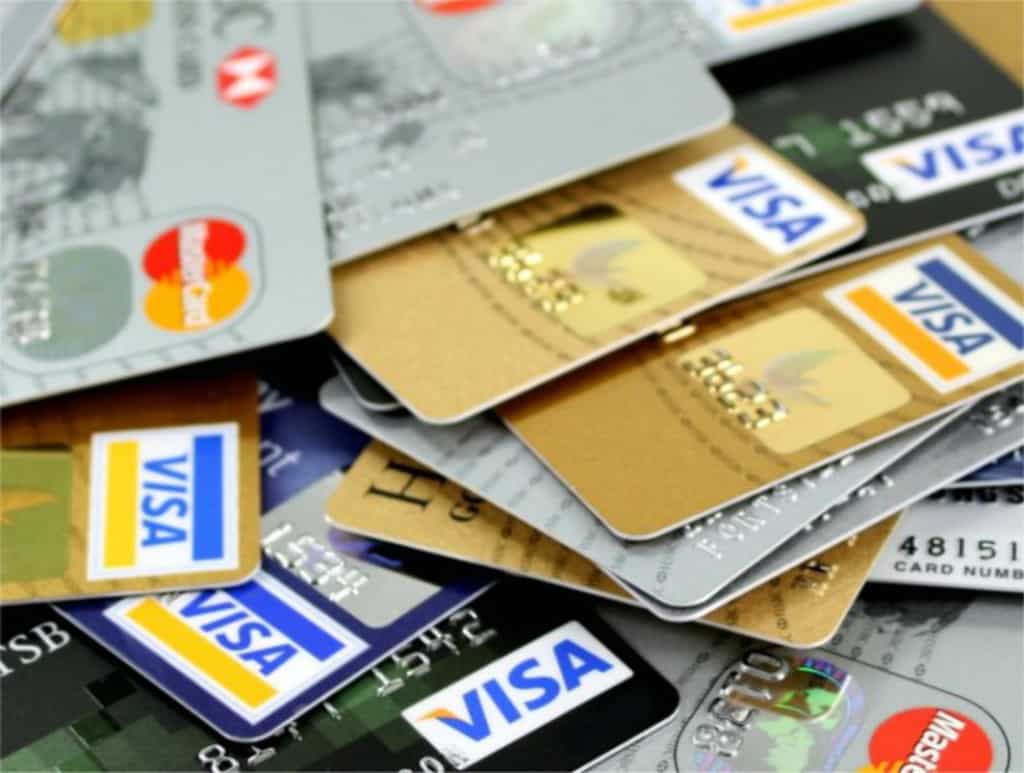 Canadian household debt at a record high
Canadian household debt at a record high
The ratio of Canadian household debt to disposable income has hit a record high of 164.6%. This means for every $1 of after tax income Canadians earned, they owed nearly $1.65 in credit market debt – mortgages, credit cards and other kinds of consumer loans. The reality is that many Canadians are living in a financial danger zone. They’re walking a financial tightrope where anything like the loss of a job or an increase in interest rates can throw off this delicate balance and plunge them into financial disaster.
Increase is no surprise
TD Bank economist Jonathan Bendiner wrote about Canadian household debt, “The increase came as no surprise. Rising mortgage debt drove most of the growth as interest rate cuts by the Bank of Canada earlier in the year spurred borrowing, especially in the hot housing markets in British Columbia with all the homes for sale in Mission BC and Ontario”. The great concern now is what happens once interest rates rise to more typical levels. How many Canadian will no longer be able to pay their bills or carry their household debt?
5 reasons why for the increase in Canadian household debt
Why is Canadian household debt at an all time high? In addition to rising mortgage debt it may come down to one simple word – lifestyle:
- Credit card spending rose by 8% this year (Moneris Solutions Corp.)
- Spending on restaurants and fast food rose by more than 12% (Moneris Solutions Corp.)
- Home improvement spending soared nearly 10% in the second quarter of the year compared with the same time last year, led by sales of glass, paint, wallpaper and flooring (Moneris Solutions Corp.)
- Furniture sales are up more than 17% (Moneris Solutions Corp.)
- Auto loans rose nearly 4% in the second quarter on the back of record vehicle sales (Equifax)
Has income kept pace with Canadian household debt? No!
Unfortunately incomes haven’t increased in the Canadian economy to compensate for the increase in spending and Canadian household debt. A Bank of Montreal report states that approximately 80% of Canadians are in debt and nearly 66% would have trouble affording their household debt if interest rates went up by just two percentage points. Canadians now spend an average 14% of after tax income on their debts. Sadly, the group that’s struggling the most is seniors. According to Equifax, for the first time in five years, 90-day delinquency rates rose among seniors in the second quarter.
What is a person to do?
Are you walking a financial tightrope? If interest rates rise will you be able to afford your household debt? Better yet, would you know how to pay off debt?
Don’t wait for disaster to strike! The time for professional help is NOW. Contact Ira Smith Trustee & Receiver Inc. We’re experts in debt and debt management. We approach every file with the attitude that corporate or personal financial problems can be solved given immediate action and the right plan. Starting Over, Starting Now we can give you financial peace of mind.

